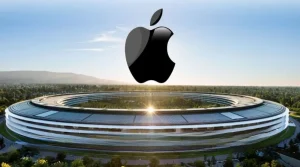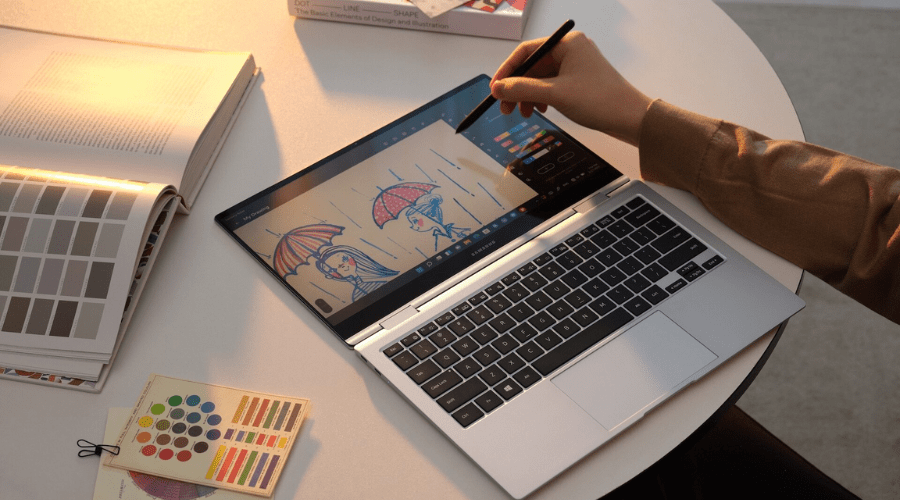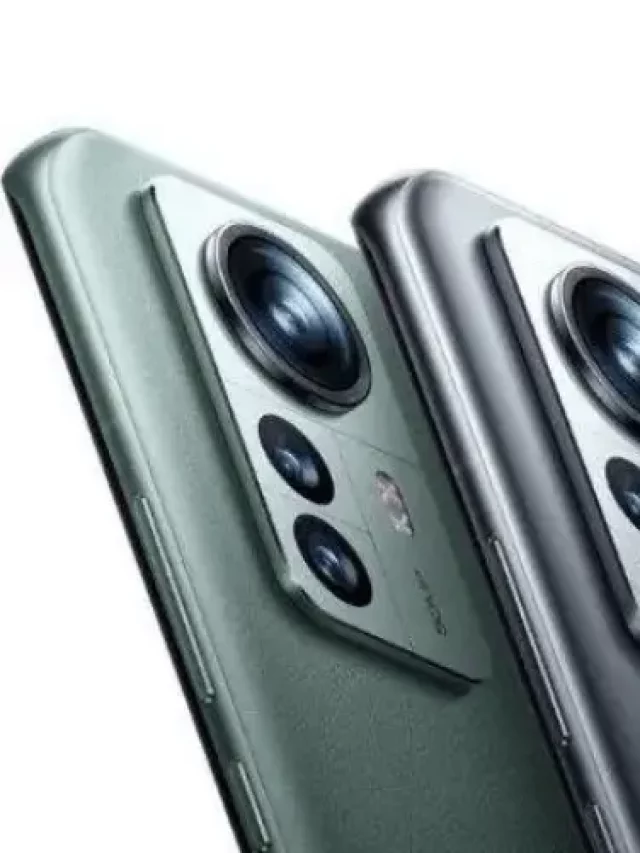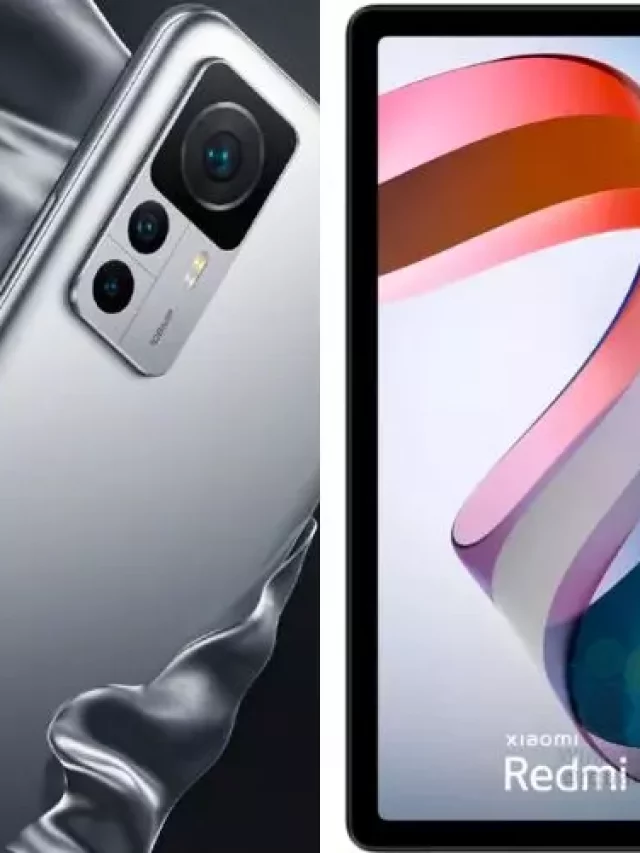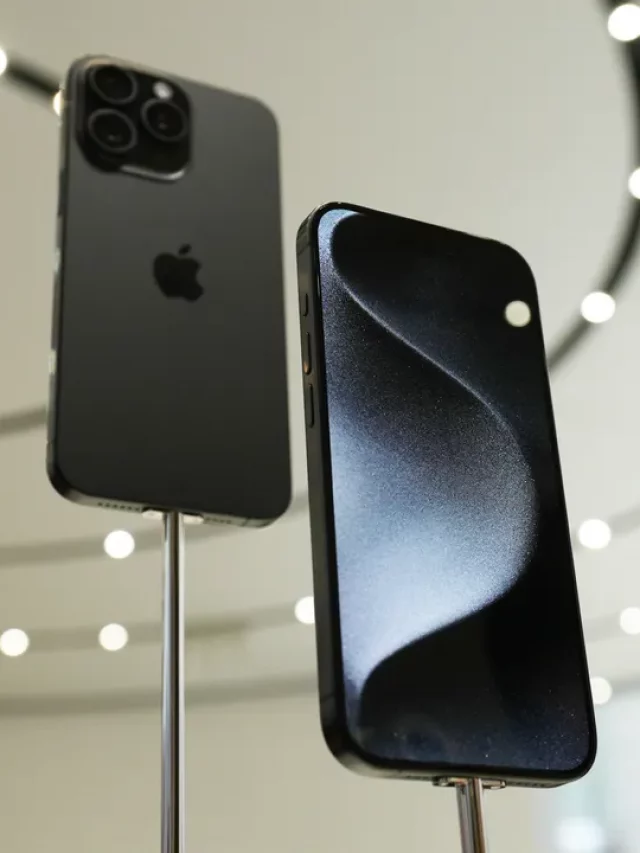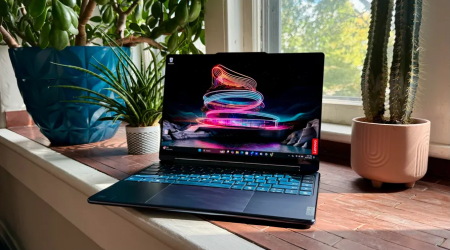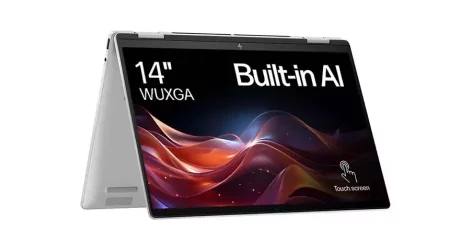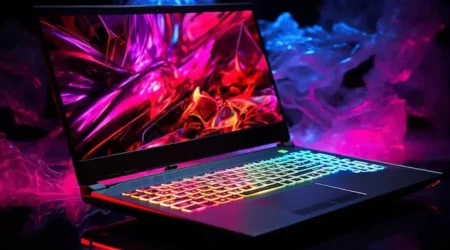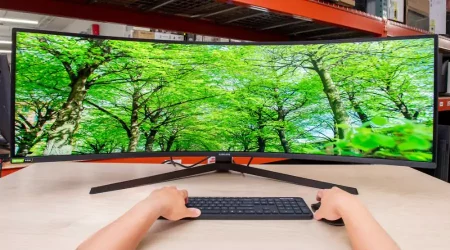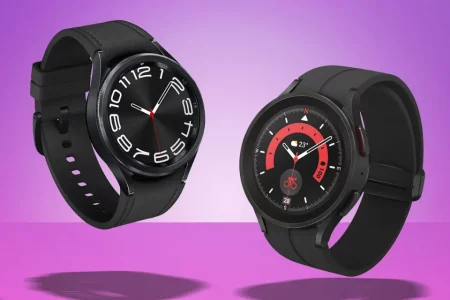In this evolving and expanding technology domain, the touchscreen laptop has emerged as a revolutionary force that is altering how people relate to computing devices. This blog delves into the diverse field of touchscreen laptops by unravelling the hidden mechanics behind such unprecedented functionalities. Beneath the shiny touch screen, one finds a combination of advanced technology, reacting sensors, and evolving software. Deepening our investigation even further, we aim to identify the fundamental elements that drive these devices toward optimal levels of performance.

All the components work together to bring a powerful processor, bright display as well as effective memory system that ultimately leads towards effortless and natural usage. We discuss the unique characteristics that make touchscreen laptops better than traditional alternatives, highlighting their flexibility, mobility, and user-friendly nature. By grasping these nuances, we admire the technological wonders at work and learn how computer systems are developing into our future.
With this blog, we seek to educate readers on the multidimensional nature of touchscreen technology so that they can better appreciate its contributions toward innovation and the progression of the digital lifestyle.
Under the Hood: Decoding the Mechanics of Touch
Understanding how a touchscreen laptop works is essential to understanding its smooth functionality. Operating based on capacitive sensing, the touchscreen is made up of conductive material that reacts to an electrically charged object such as a human finger or stylus. This creates an alteration in the electrical current, a precise identification of touch location using this particular device would be possible. In addition to the responsiveness of the interface, capacitive touchscreen technology ensures that one can intuitively interact with a device.
Capacitive Sensing: The Science Behind the Touch
The Samsung Galaxy Book3 Pro 360 is a perfect example of how crucial robust parts are to improved performance. The gadget is powered by an Intel® CoreTM i7-1360P Processor, which also includes Intel® Iris Xe graphics for a visually stimulating experience. The Amazing WQXGA+ AMOLED Display with a resolution of 2880 x 1800 offers vivid and crisp images. It is enabled with 16 GB LPDDR5 Memory and a 1 TB NVMe SSD providing this touchscreen laptop with high-speed multitasking abilities paired with ample storage capacity.
Samsung’s Galaxy Computing Lineup: A Trio Of Versatile Performers
With its Galaxy series, Samsung differentiates itself in the constantly changing computing market by providing a wide selection of devices that are specifically designed to fulfil the demands of various consumers. This in-depth examination explores three exceptional Galaxy family members, each engineered to meet unique needs and tastes. Join us on a journey through cutting-edge technology, innovative design, and tailored functionality, as we explore these versatile computing solutions from Samsung.
1. Galaxy Book3 Pro 360: A Closer Look

The Galaxy Book3 Pro 360 proves to be a technological marvel with exceptional performance for elite users—a 1360P Intel® Core Processor powered by an i7 processor working at a clock frequency of 2. The amazing 16.0″ WQXGA+ AMOLED Display boasts a resolution of 2880 x 180 It also provides a large storage of 16 GB LPDDR5 Memory and NVMe SSD that enhances functionality such as scattered data access.
The addition of elements such as the S Pen, backlit Pro keyboard, and increased security makes the Galaxy Book3 Pro 360 a league apart from competing products aimed at professionals or hobbyists.
2. Galaxy Book3 360: A Compact Powerhouse
The Galaxy Book 360 is a portable yet powerful solution for users in need of mobility without sacrificing functionality. The laptop is fueled by the Intel® Core™ i5-1340P Processor with a core speed of 1.9 GHz, turbo booster of up to 4.6 GHz, and an L3 cache storage memory measuring at about 12MB which maintains some requisite balance between power efficiency The 13. With 8 GB LPDDR4x Memory and a 256 NVMe SSD, it serves those who are travelling yet not at the expense of crucial elements.
With a backlit Pro keyboard, touchscreen functionality, and optional S Pen support the Galaxy Book3 360 becomes an adjustable partner for users with different requirements.
3. Galaxy Chromebook 2 360 LTE: A Chrome OS Experience
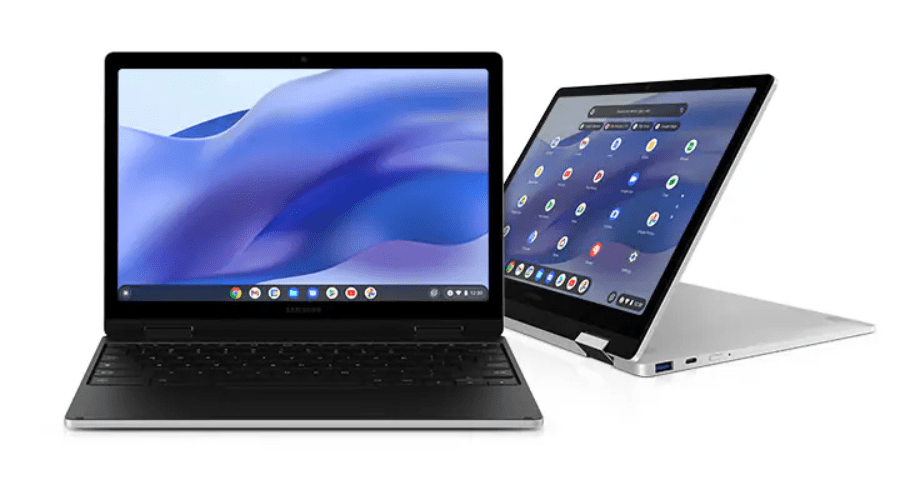
One niche that the Galaxy Chromebook 2 360 LTE addresses is Chrome OS in the touchscreen laptop segment. Powered by Intel® Celeron® Processor N4500, this Chromebook offers great performance for those fully involved in the Google universe. A 12.4″ WQXGA LED Display with a touchscreen panel provides an outstanding visual display. With 4 GB LPDDR4x Memory and a 128 GB e.MMC storage has moderate simplicity to functionality trade-offs.
This particular Chromebook was made to be transportable, it has a Pro keyboard, and touchscreen capability and comes with reliable battery life – all qualities perfect for those who need an uncomplicated web-based orientation.

Finding Your Perfect Match: How to Choose the Right Touchscreen Laptop
Choosing the best touchscreen laptop requires to be a critical process regarding individual needs and preferences. The following factors should be considered – the operating system, processing power, memory capacity, storage space, and extra functionalities such as stylus support.
Conclusion
The age of touchscreen laptops is a transformative era in our relations with technology. The Samsung Galaxy Book line featuring powerful specifications, adventurous features, and multiple designs represents the versatility of touchscreen devices. For creatives, students, or business users there is a tailor-made laptop for everyone’s specific requirements.
Enhance the future of computing by opting for a laptop with a touchscreen interface that speaks to your lifestyle, transforming how you interact digitally. For a broader variety of choices visit Findwyse and enjoy the world where innovation meets user-centricity, providing you with an ideal touchscreen laptop for your needs.


